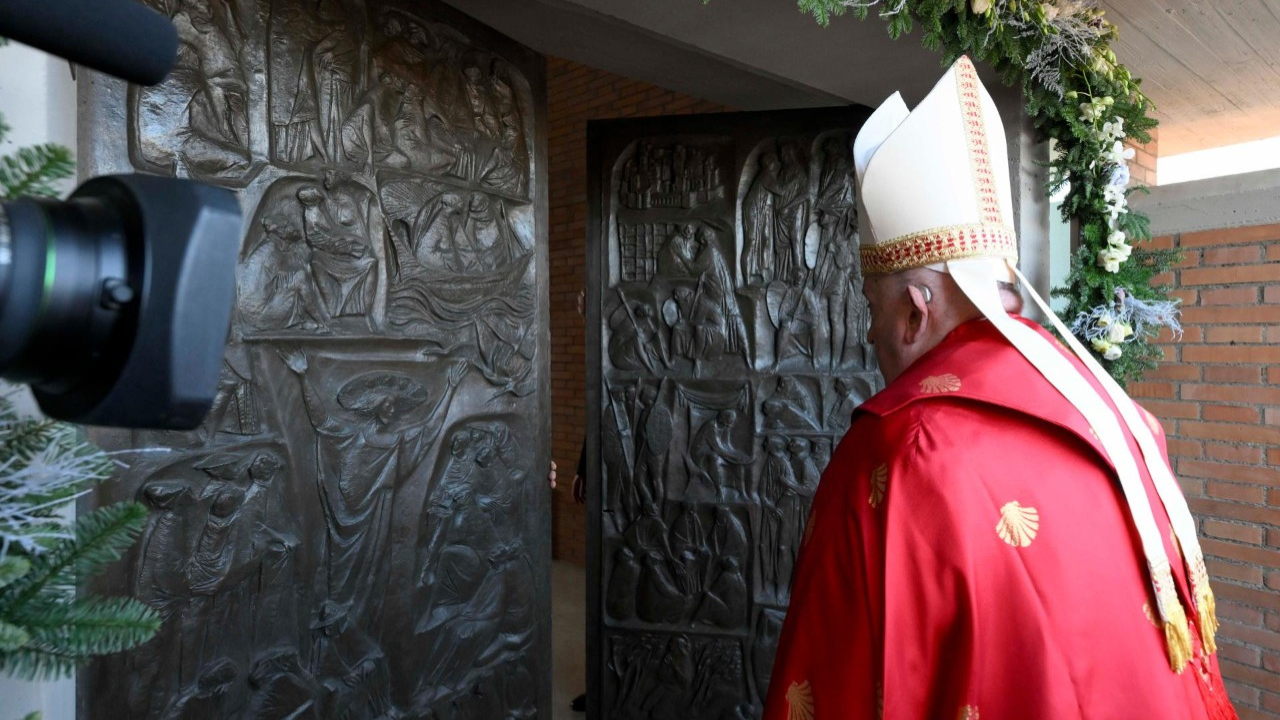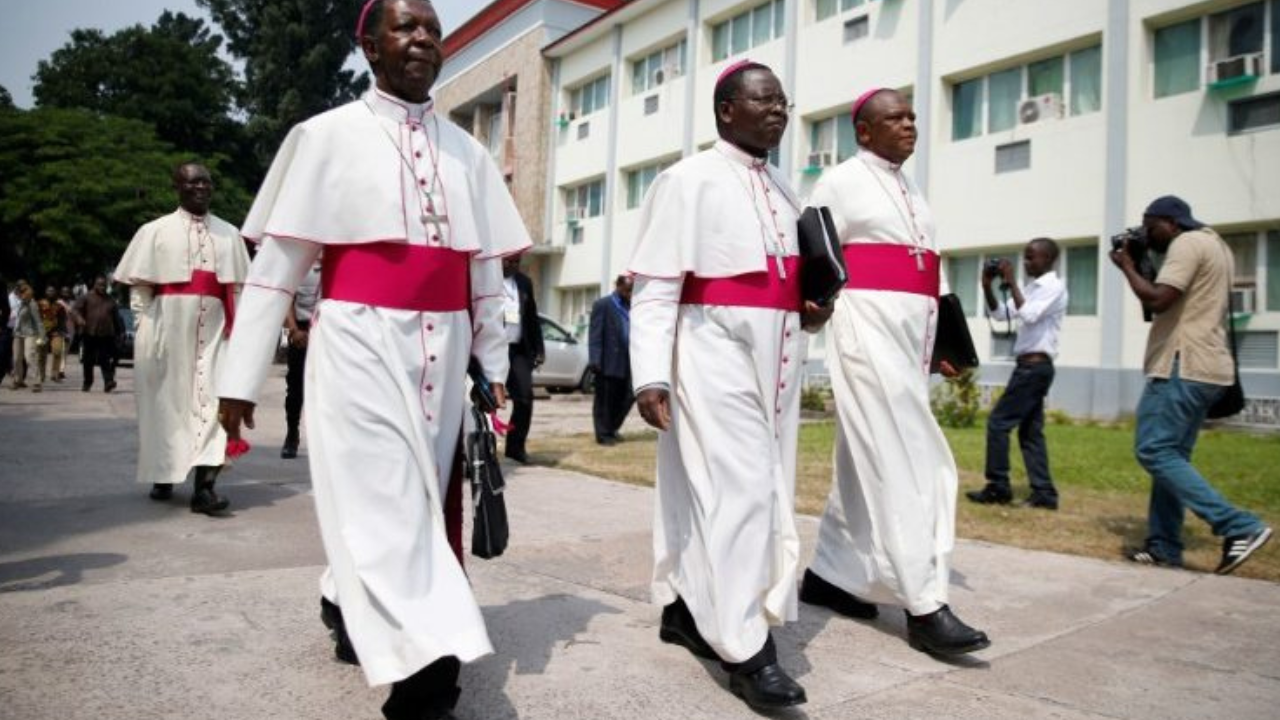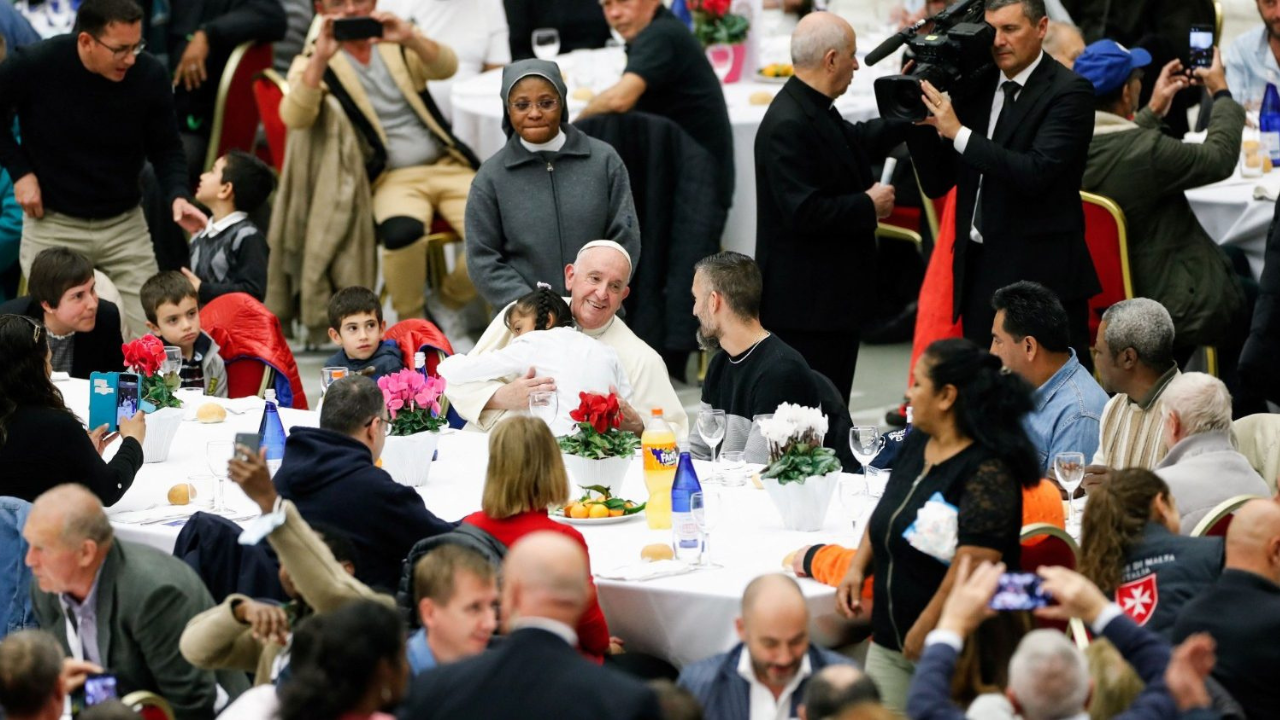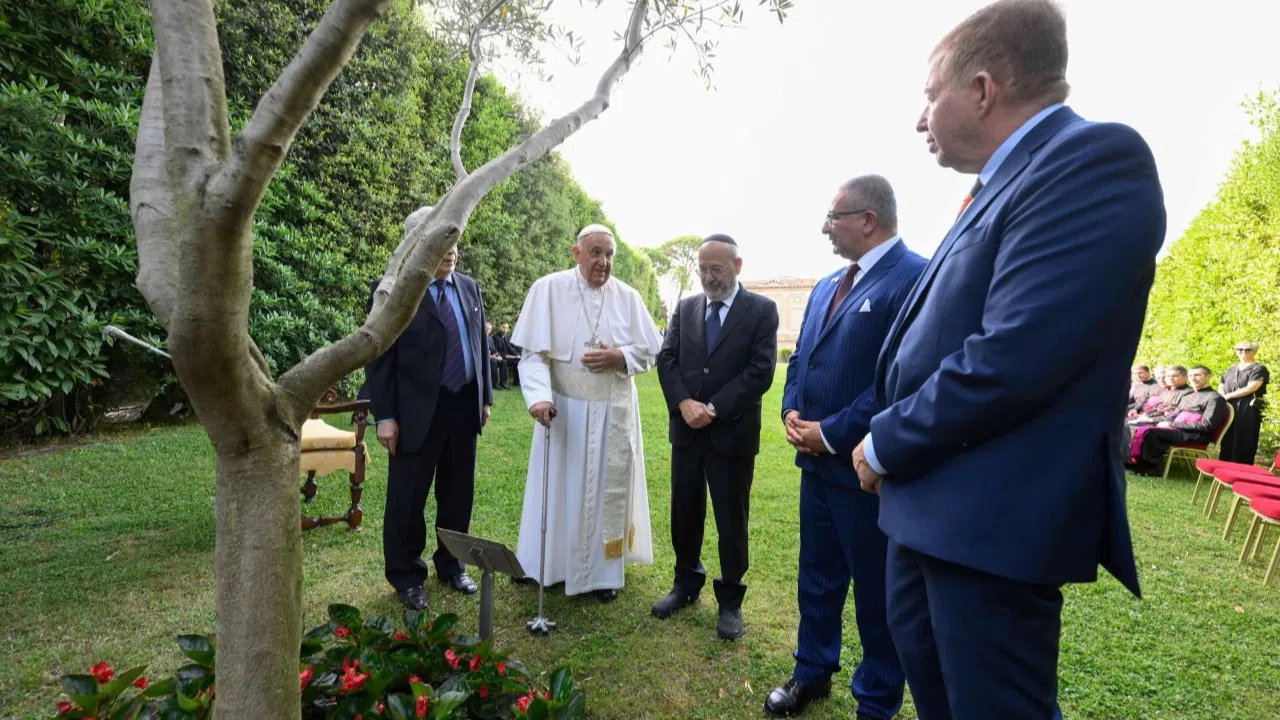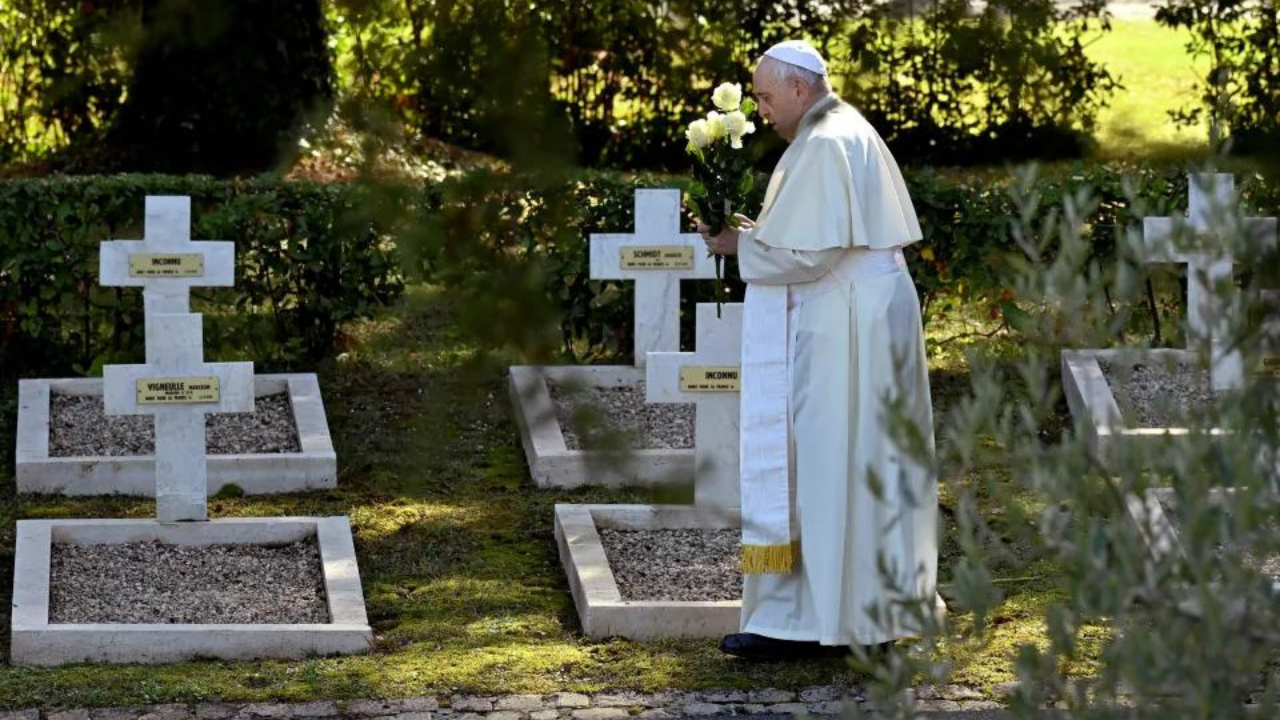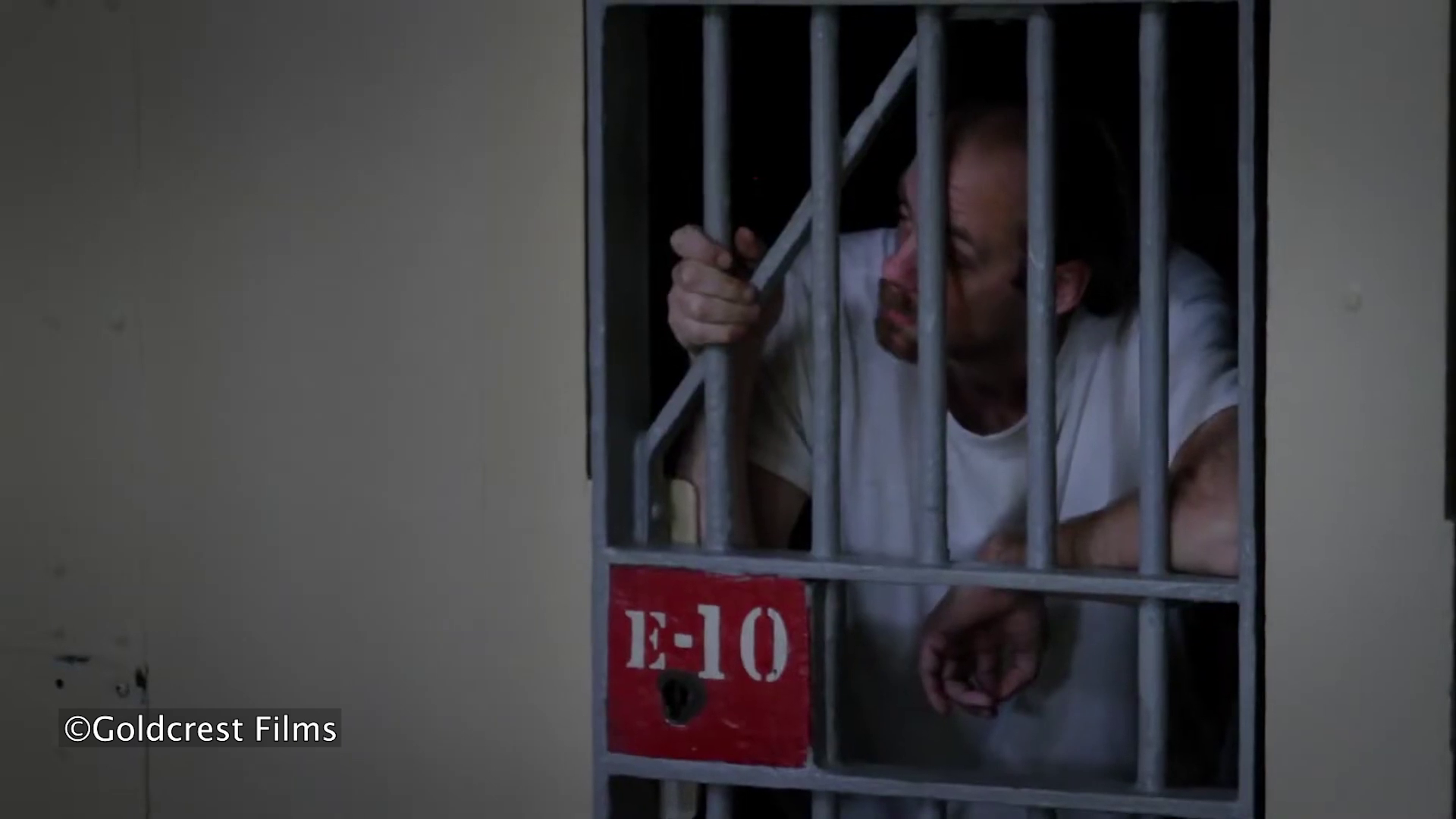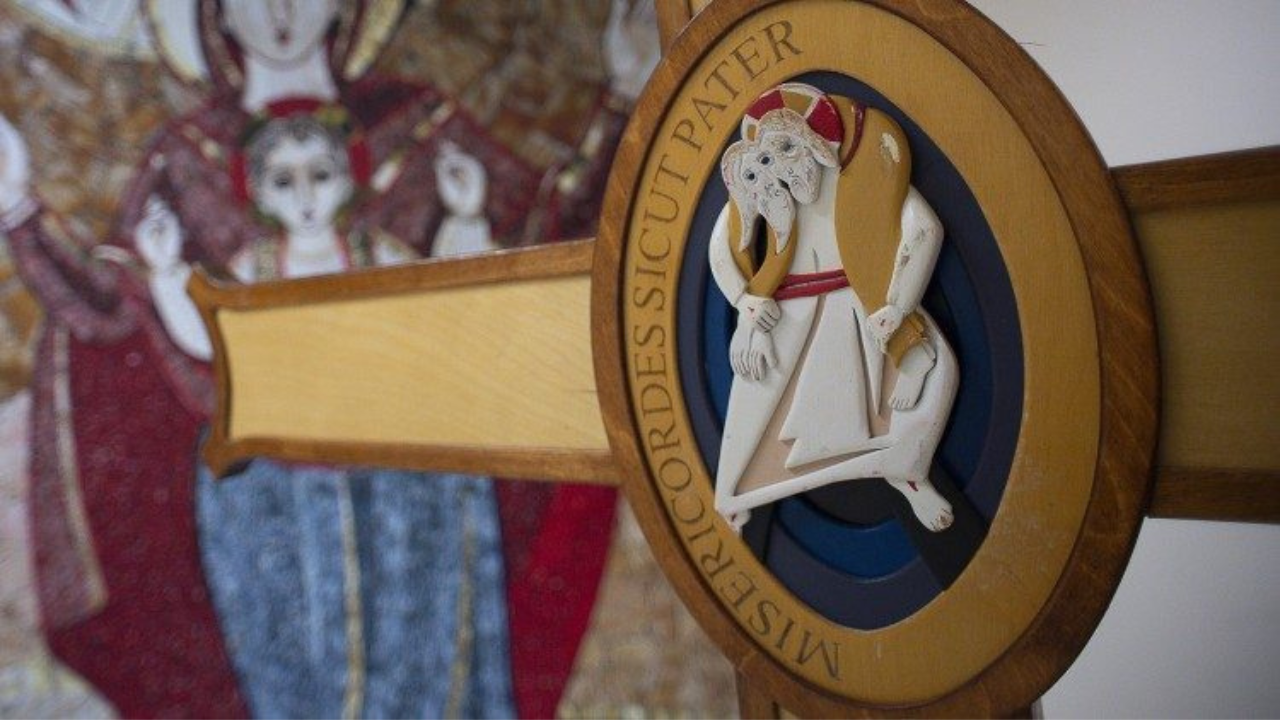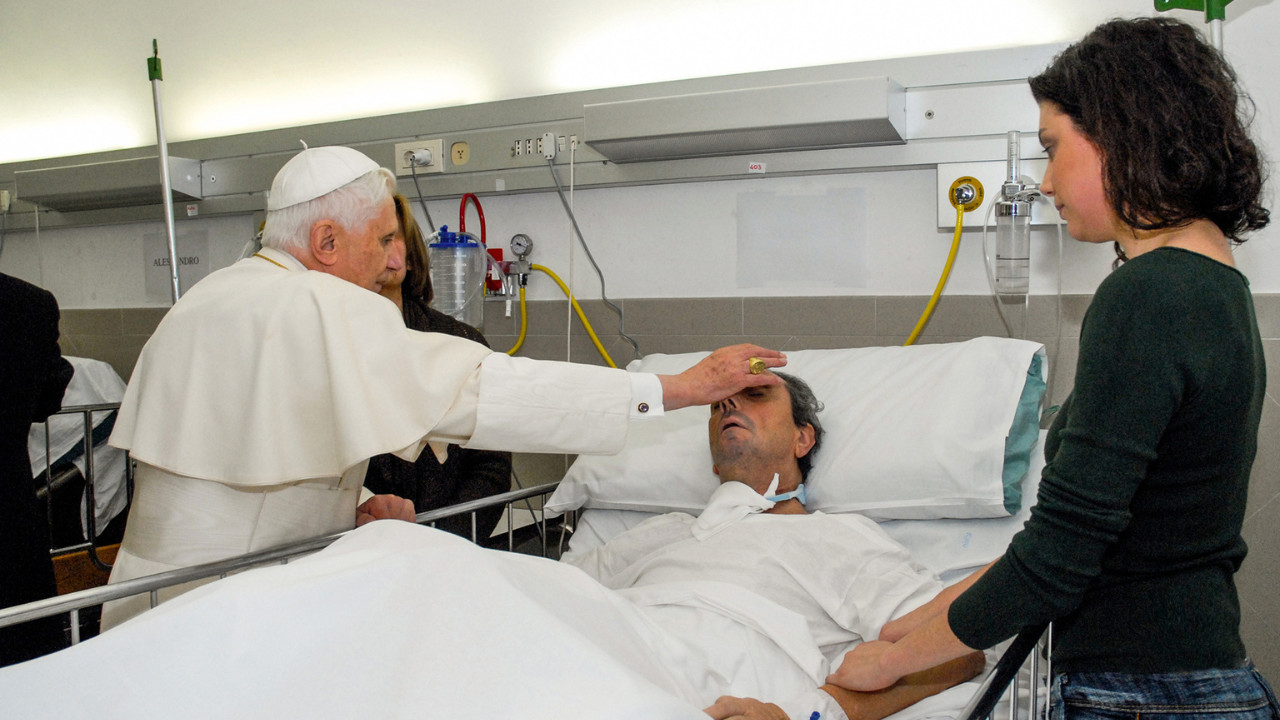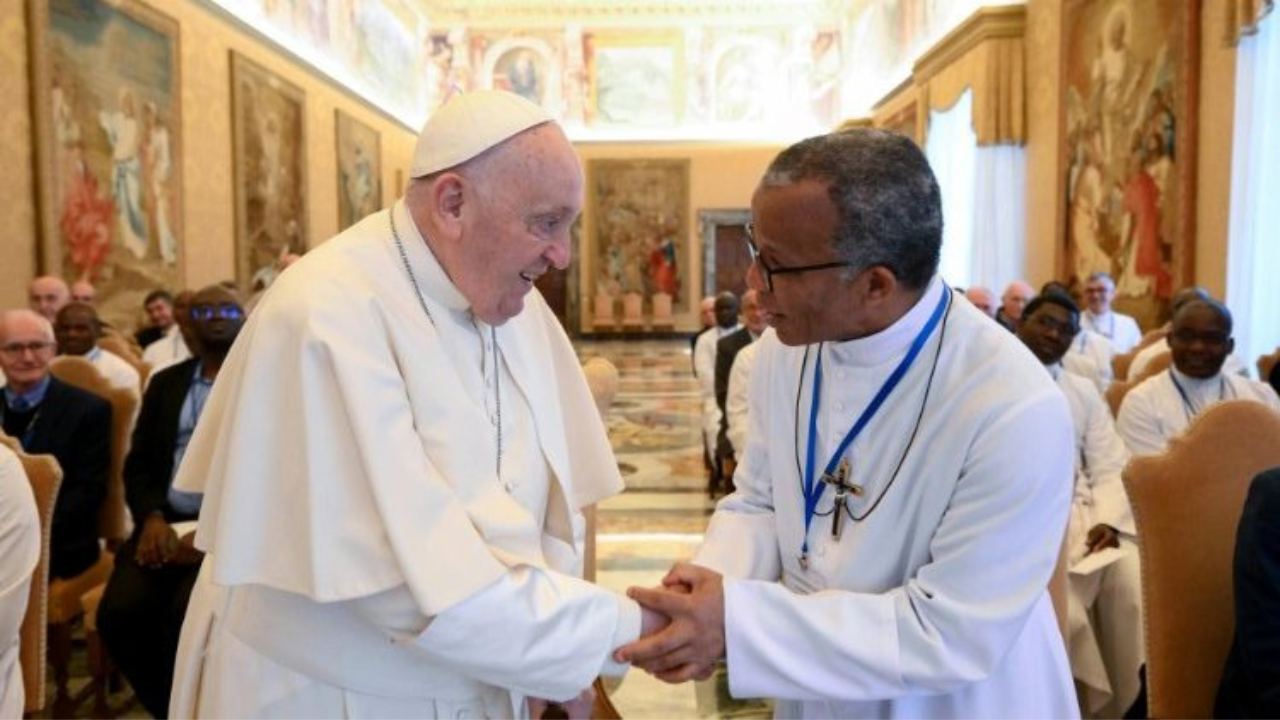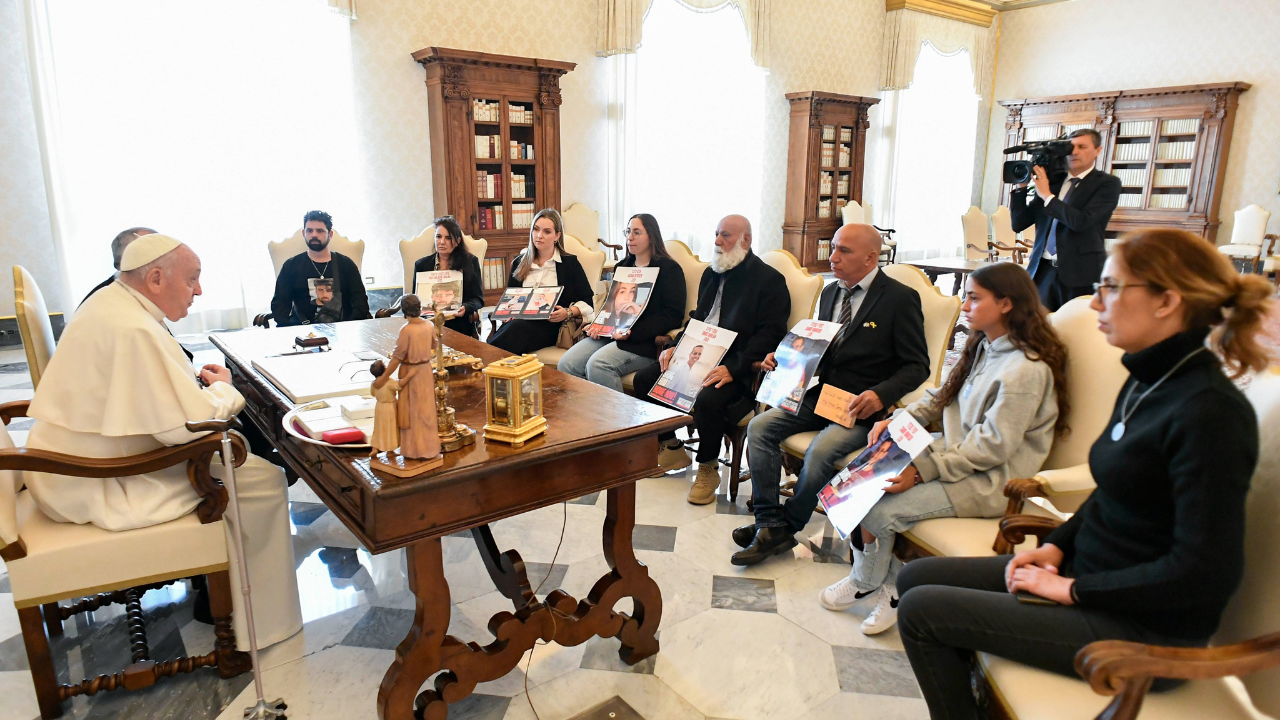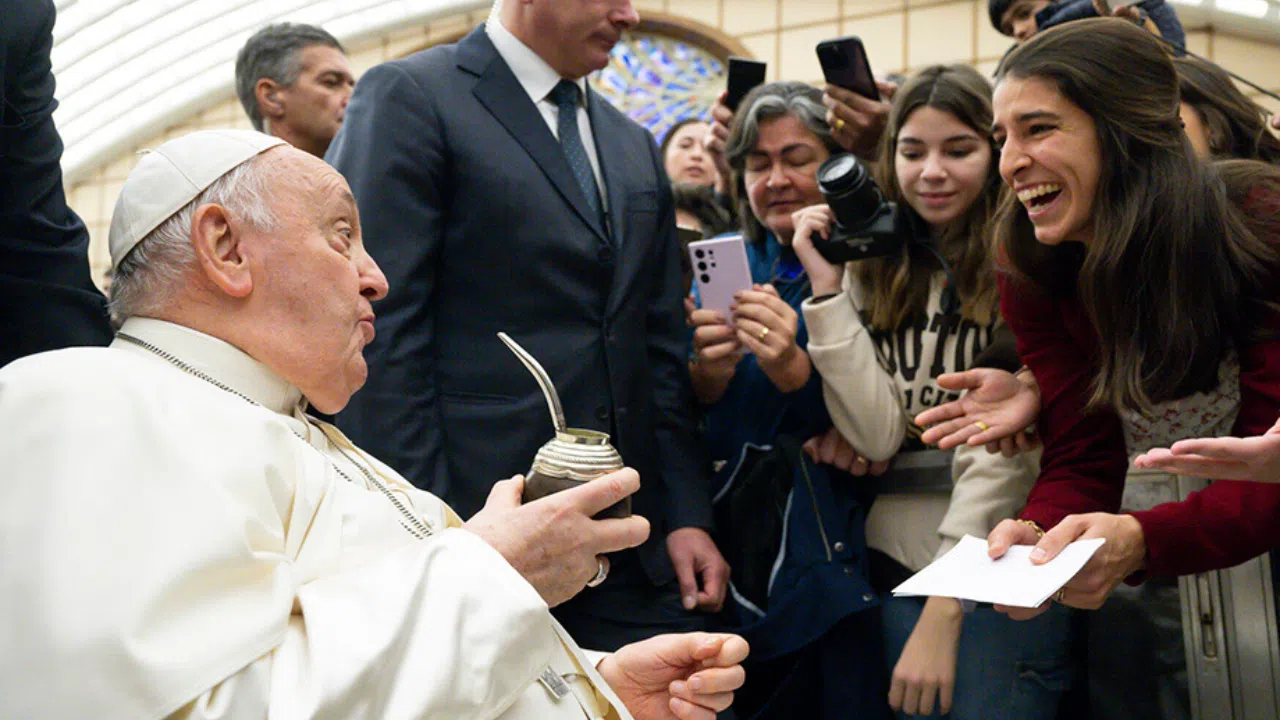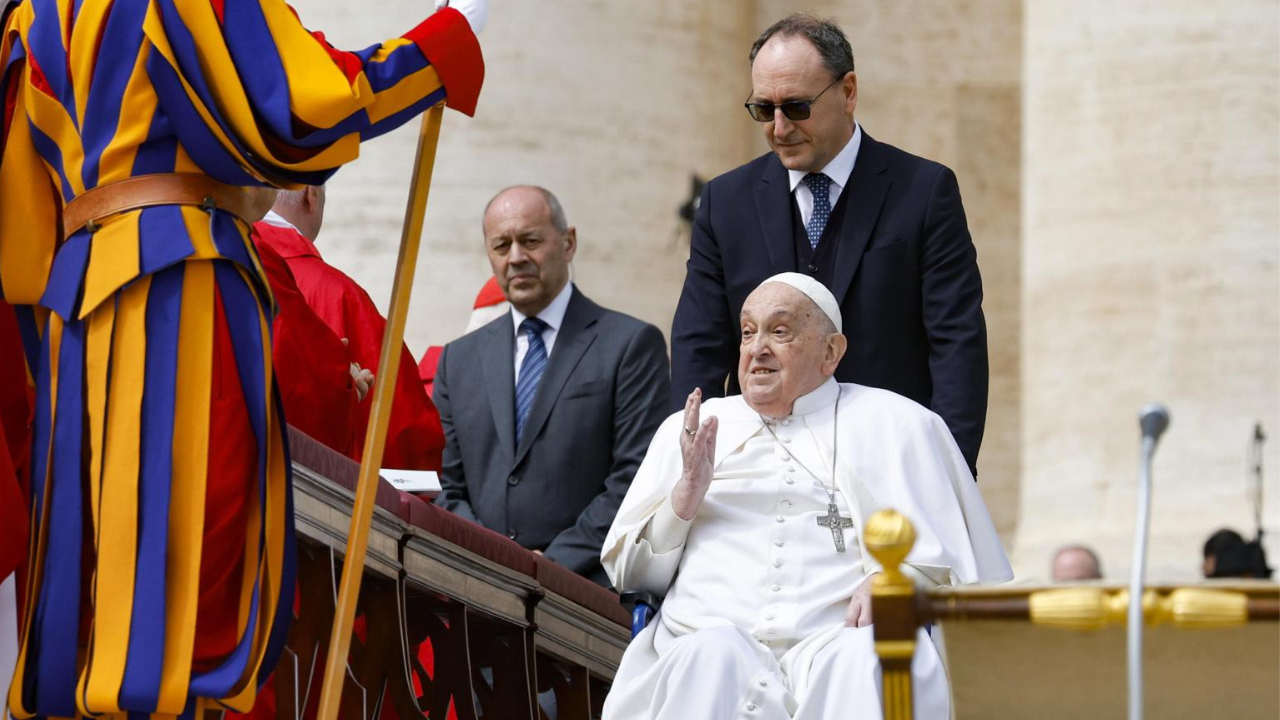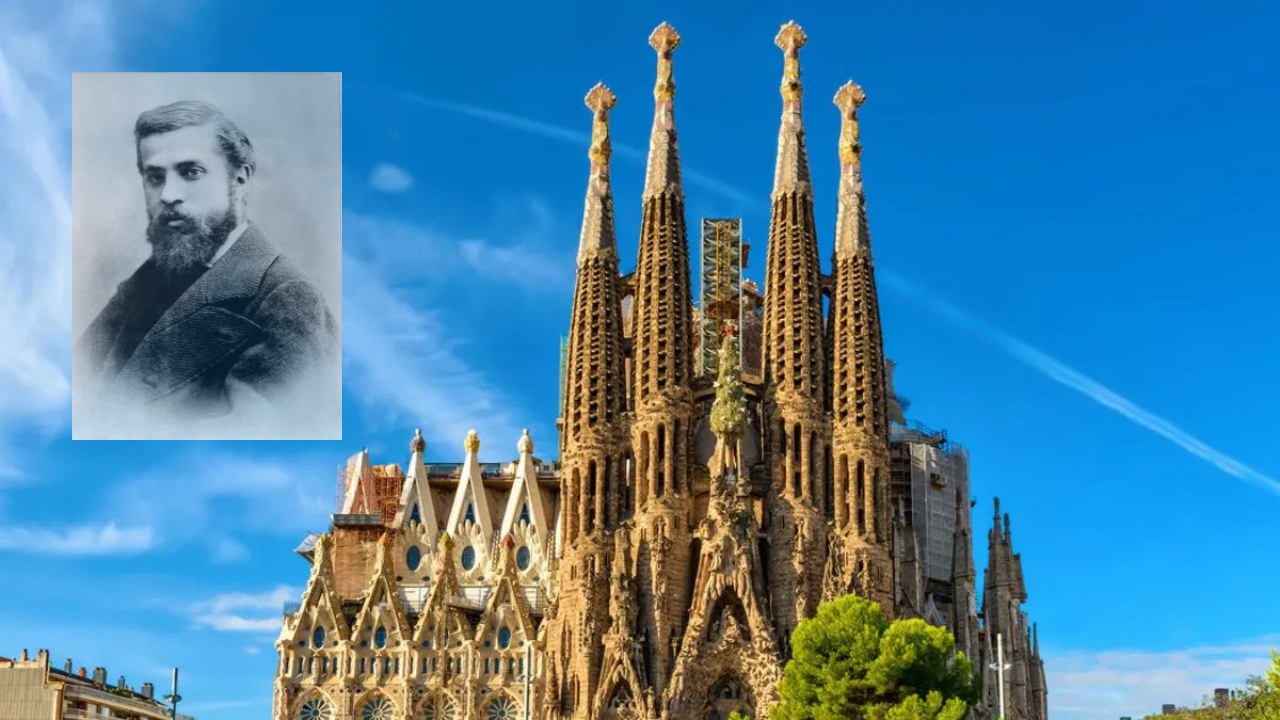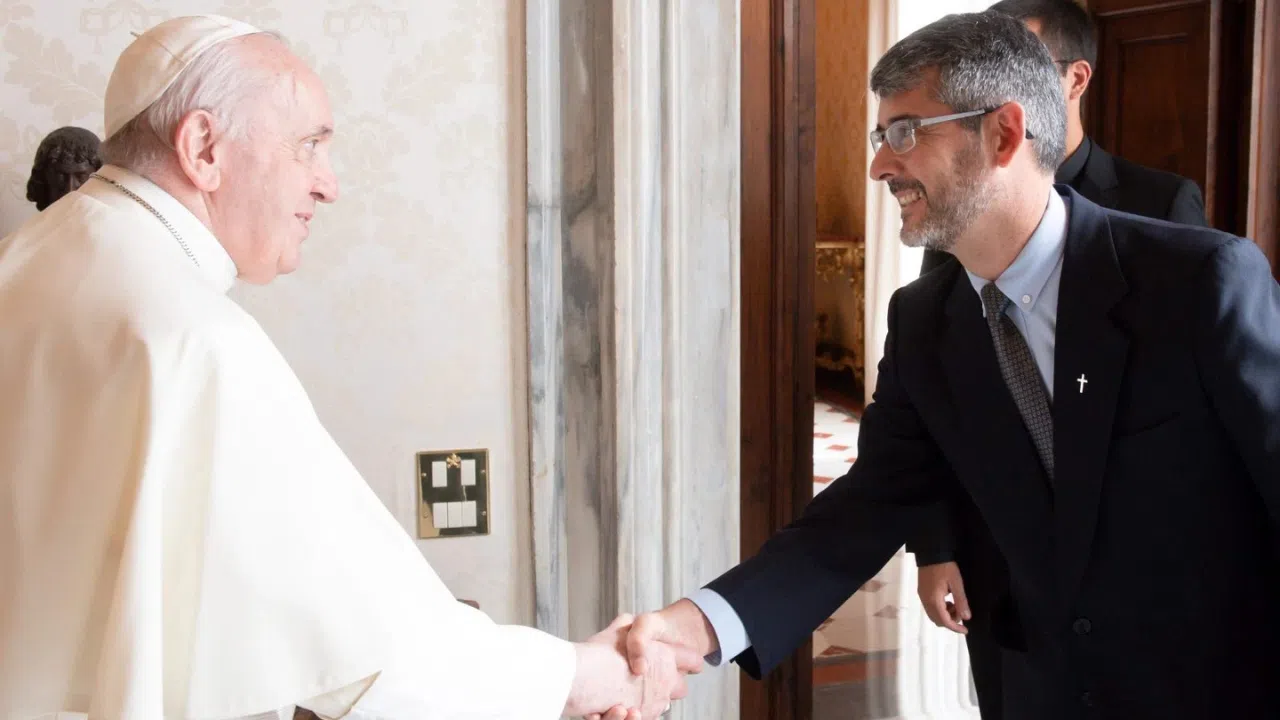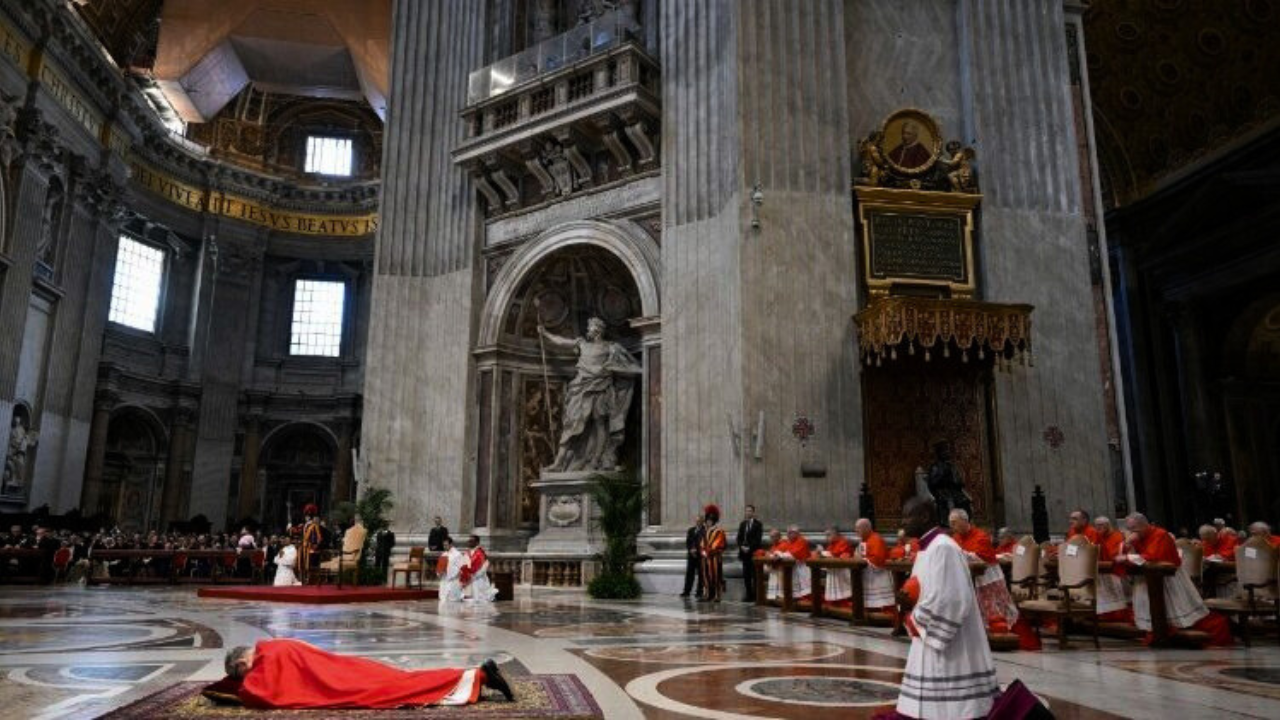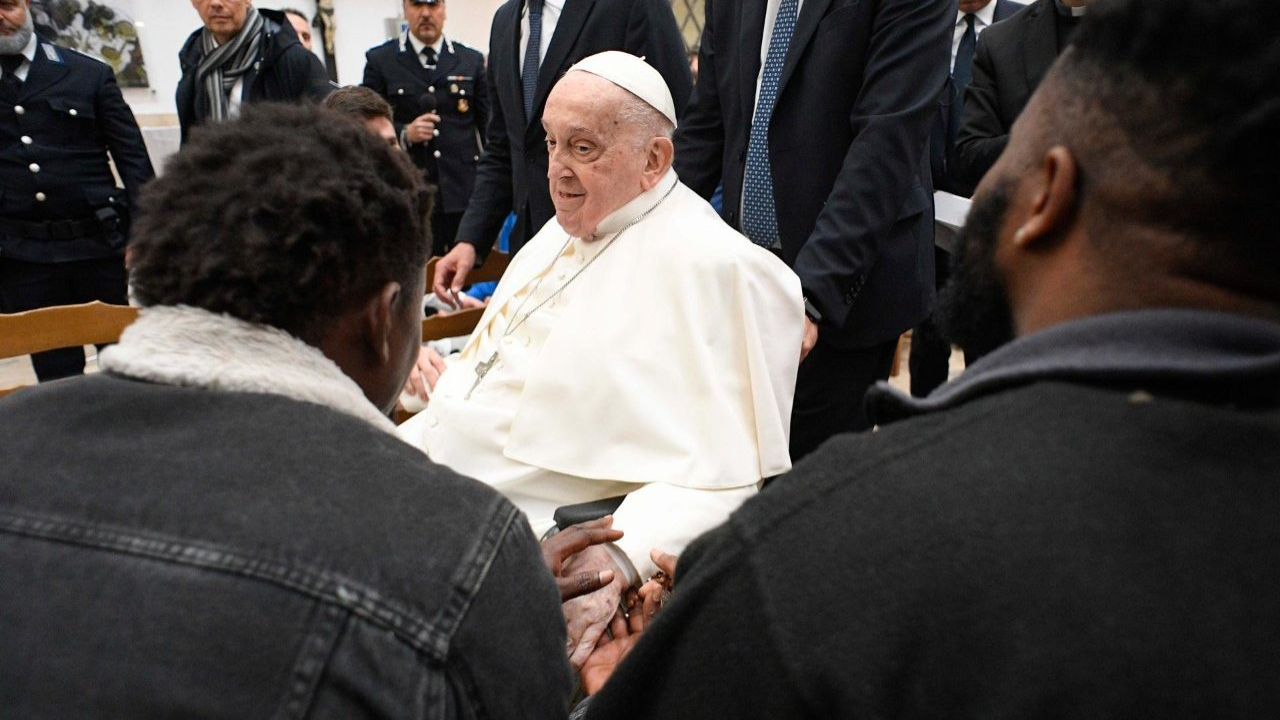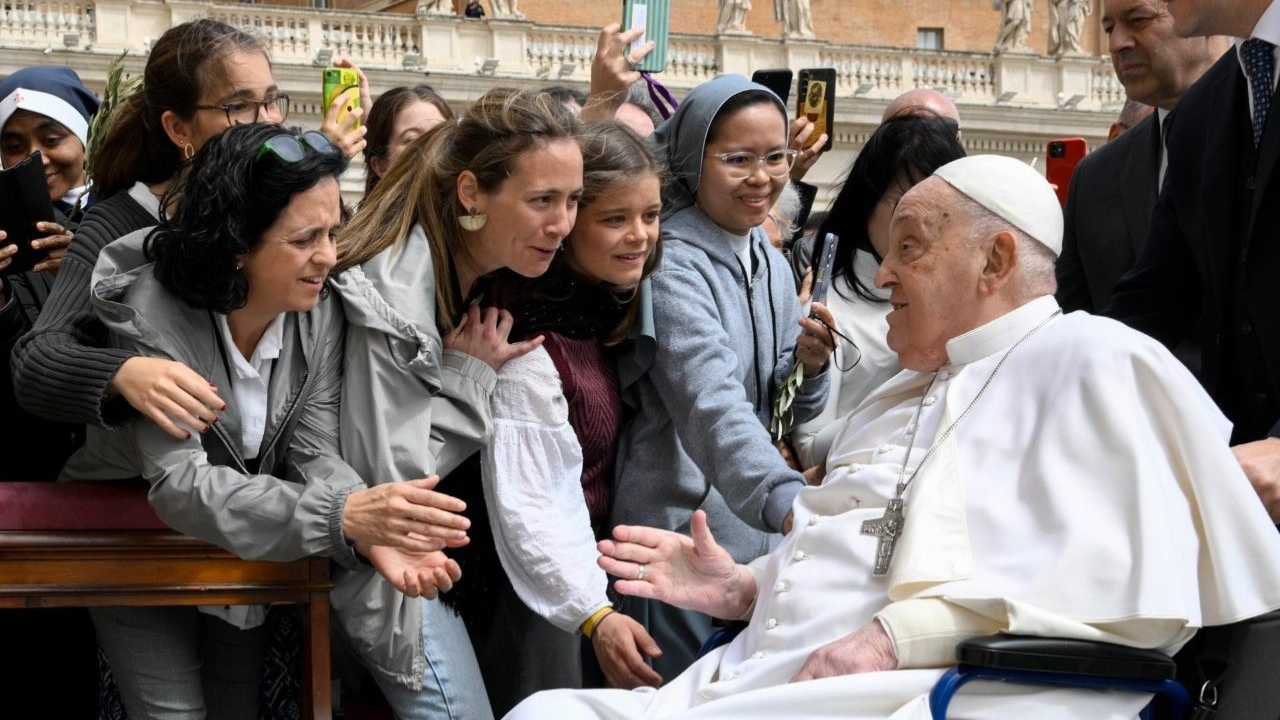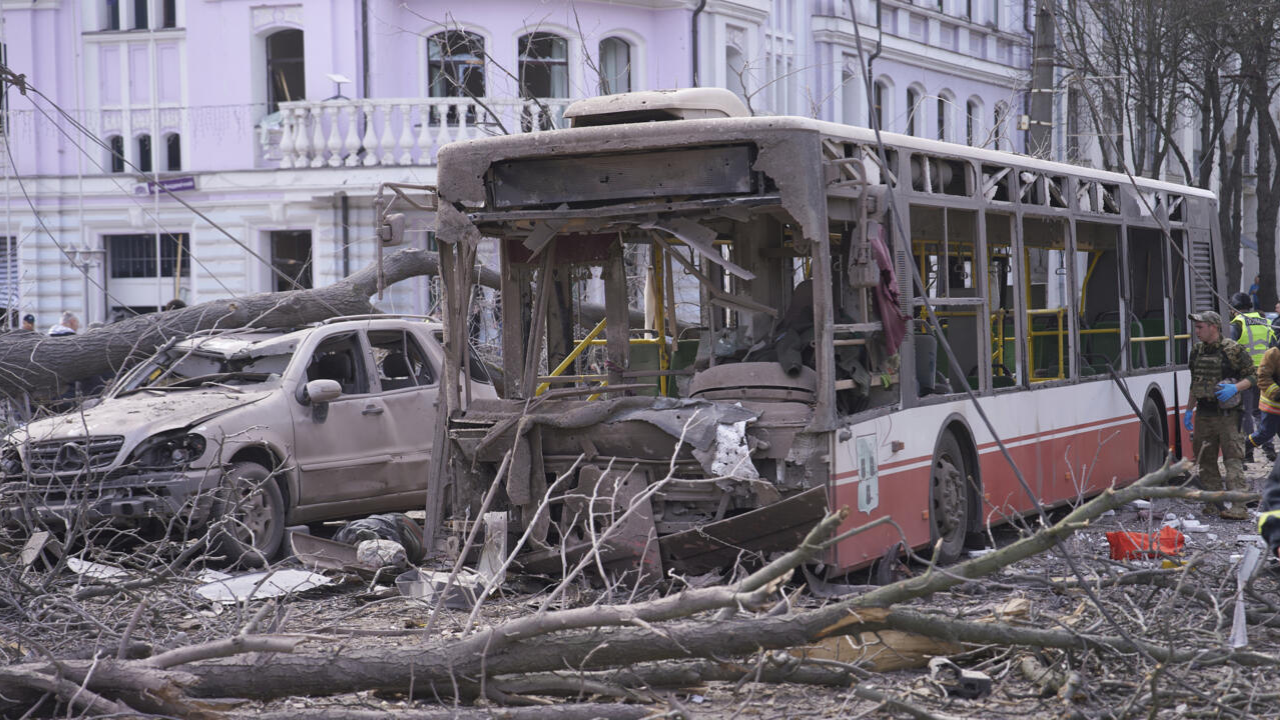In the past, artists depicting the Way of the Cross often reflected on the suffering of the world around them, its injustices, the lack of mercy, and their impact on the innocent Christ. Colombian artist Fernando Botero brings that tradition alive again with these works.
In his 'Way of the Cross' which he produced in 2010 and 2011, he mixes the realities of suffering and compassion. The people who insult and mistreat Christ are people of today in his native Colombia.
NYDIA GUTIERREZ
Museo de Antioquia (Colombia)
'Botero was a painter focusing on themes concerning everyday life and the great topics of art history. At the same time, religion is valued greatly in Colombian culture and influenced Boteroâ??s childhood. The drama of the Passion as a human drama was a great challenge for an artist distinguished for his gentle, pleasant, sensual manner. I think the drama of the Passion marked a turning point in the artistâ??s many great achievementsâ?.
The elderly Colombian artist never excelled at producing religious works. At the same time, in producing work on the Passion of Christ he found a way to express a central and relentless reality of life: that of suffering.
NYDIA GUTIERREZ
Museo de Antioquia (Colombia)
'Itâ??s from the viewpoint of an ordinary person, not a religious one, somewhat of a pagan vision, which allows the artist to represent the same sharp views and judgements on society, the values of his native country and the world today. He shows the many difficulties, injustices, and widespread violence marking society.â?
Boteroâ??s Way of the Cross offers an example of the artistâ??s relationship between faith and the world today. His depiction of the crucified Christ exists in the midst of the world, with its famous landmarks like Central Park, but mostly in places on the streets of his native Medellin.
Botero describes himself as a man who believes sometimes, and other times not, but a man who in this Jubilee of Mercy willingly enters into dialogue with faith more than ever.
TJ/JRB
MG
SV
-PR
Up: IPC
#Arte
